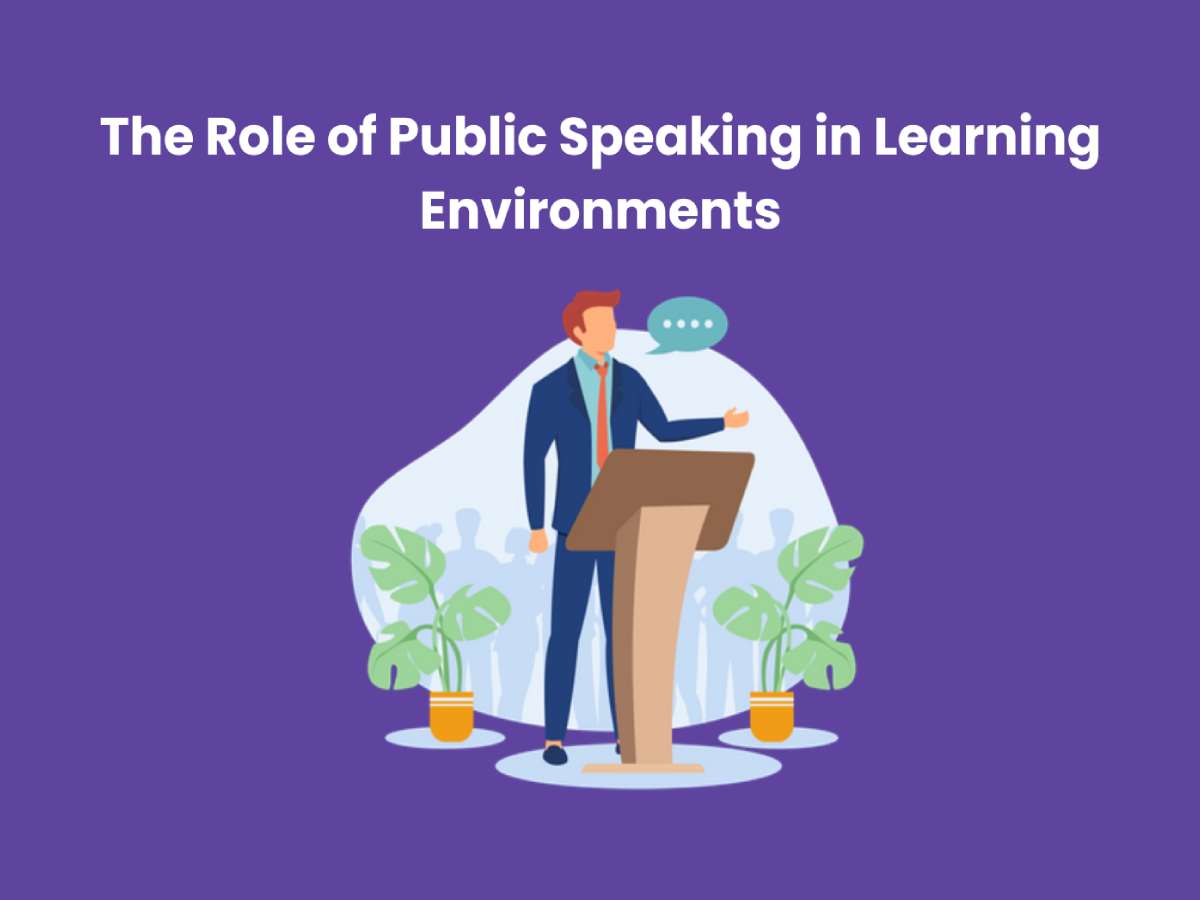Public speaking is a shining example of multidisciplinary learning in education since it emphasises information acquisition and the development of vital life skills. In today’s world, effective communication is essential for success, and learning settings are where people refine their capacity for compelling concept expression. Enrolling in Communication Skills Courses gives students a disciplined environment to develop their public speaking abilities. However, What is Public Speaking, and why is it considered an essential part of the learning process?
Table of Contents
Understanding Public Speaking: A Vital Skill Unveiled
The skill of addressing an audience is the fundamental component of public speaking. It goes beyond just speaking and explores the areas of telling gripping stories, making strong points, and developing deep connections with listeners. It’s a vital ability that transforms people into assured, polished speakers outside the classroom. Within the educational setting, public speaking encompasses more than just presenting in front of the class; it also involves creating an atmosphere where students can listen intently, articulate their thoughts clearly, and participate in productive discussions.
The Crucial Link Between Public Speaking and Learning
Building Confidence Through Expression
The confidence boost that students get from public speaking is one of the biggest advantages of incorporating it into educational settings. Standing in front of colleagues, answering questions, and expressing ideas all foster confidence that goes beyond the work at hand. One of the most essential life skills, confidence, is a scaffold for a student’s overall academic and personal growth.
Enhancing Critical Thinking and Organisational Skills
Speaking in public effectively requires both eloquence and a systematic approach to thinking. Pupils learn about logical story construction, evidence-based argumentation, and coherent concept organisation. This develops critical thinking abilities, which are essential for succeeding academically. Students develop their analytical and presentation skills simultaneously, providing a solid basis for their future academic and professional endeavours.
Communication Skills Courses: Nurturing Proficiency
Tailored Training for Holistic Development
Enter communication skills courses specially created to develop public speaking ability. These courses provide a thorough approach, covering both the emotional intelligence needed to connect with a variety of audiences and the technical components of communication. Students get an understanding of the subtleties of voice modulation, body language, and the skill of producing powerful messages via interactive workshops.
Real-world Application of Knowledge
Public speaking is important outside of the classroom as well. Proficiency in Communication Courses helps close the gap between abstract concepts and real-world applications. By exposing students to real-world situations, they are better equipped to handle the intricacies of the professional world with composure and skill. Effective communication skills are highly valued in many professions, and these courses are essential to success in a variety of disciplines.
What is Public Speaking? An All-encompassing View
Beyond the Podium: Everyday Applications
Public speaking is a talent used in many aspects of daily life and is not restricted to formal speeches. The capacity to clearly and confidently convey concepts is vital, whether expressing viewpoints in a team meeting or making a solid case during a job interview. Comprehending the concept of public speaking extends beyond prepared speeches; it includes communicating impromptu, being flexible, and establishing rapport with others of different backgrounds.
Empathy and Connection
Speaking in public is fundamentally a conversation rather than a monologue. It entails knowing and connecting with the audience in addition to conveying ideas. Effective interpersonal connections need empathy, cultivated via public speaking and the emotional intelligence it develops. When students learn to connect with their audience, they develop transferable abilities far beyond the classroom.
Fostering Inclusive Learning Environments: The Impact of Public Speaking
An Inclusive Platform for Diverse Voices
Speaking in front of an audience promotes diversity in educational settings. It gives people with different backgrounds a place to express their viewpoints, creating a vibrant mosaic of ideas. Through this approach, students improve their public speaking abilities and become more conscious of the variety of experiences that go into gaining a thorough grasp of any topic.
Encouraging a Culture of Active Listening
Speaking in public effectively requires listening just as much as speaking. Students develop the skill of active listening and articulating their ideas in a welcoming learning atmosphere. This ability fosters an environment of respect and understanding for one another, which are vital elements of a cooperative and peaceful academic community.
Conclusion
Public speaking has a transforming impact on learning situations. It is a catalyst for comprehensive growth rather than just a curriculum requirement. Proficiency in Communication With the help of courses, students may fully realise the potential of public speaking and acquire the skills necessary to successfully traverse the complicated issues of today’s society. Accepting the crucial connection between solid communication skills and academic achievement allows people to connect, communicate, and convince others in addition to knowledge—a skill set that goes beyond the classroom and shapes successful futures.
Also Read: 12 Best Public Speaking Tips to Help You Conquer Your Fear

